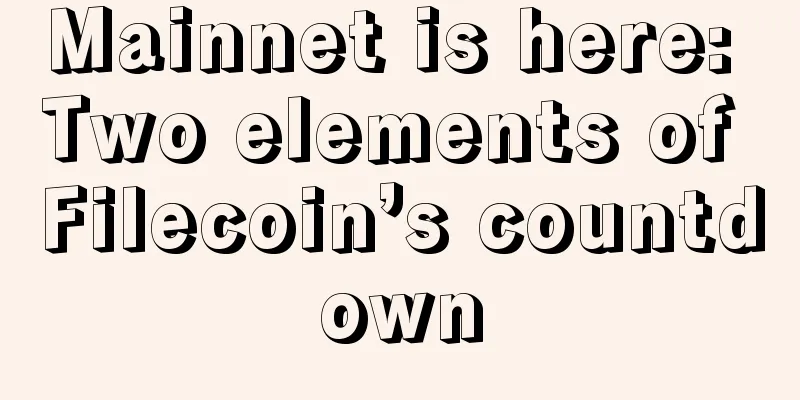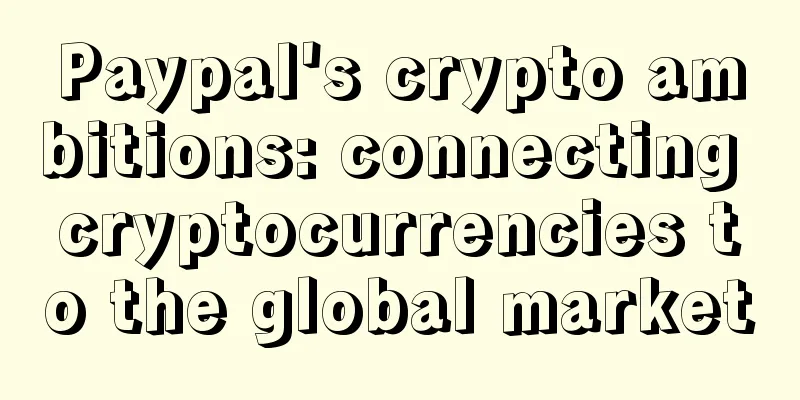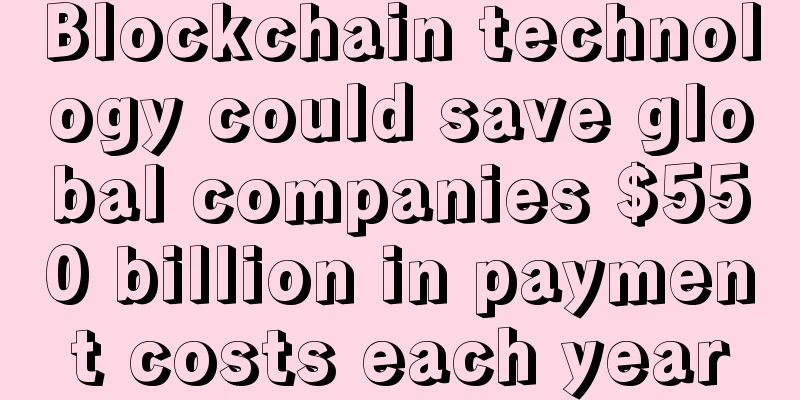|
This article was originally written by IPFS Force Zone On September 27, the Filecoin team announced the latest project progress and the rhythmic plan before the mainnet launch, presenting the work that needs to be promoted in the final " ignition (startup) " and " transition mainnet (launch) " stages before the mainnet launch at 22:48 on October 15 (when the current test network epoch reaches 148888). Among them, the author saw two information points that are strongly related to the interests of miners: 1. Regarding the issue of insufficient collateral 2. Issues regarding computing power migration Collateral, like it or not, is required
Keywords: custodian, mapping, lending
The official blog ( https://filecoin.io/zh-cn/blog/mainnet-ignition/) mentions the roles of Filecoin ecological community groups and their pace and tasks of joining the network at this stage in the " Ignition " section, among which "custodian" is the key role officially mentioned for the first time. "Hosting parties" and "eco-partners" are both classified as stakeholders, planning access to the network and running it. According to the information presented in the blog, custodians are mostly organizations that have deep intersections with the Filecoin project and hold large amounts of coins. In the early stages of the ecosystem, they use financial means and tools to bring value management to miners . Currently in Filecoin , the thorny issue that hinders miners from participating is collateral. Drawing on the experience of other successful blockchain projects, Filecoin's custodian can use DeFil's logic to achieve early liquidity of FIL through a series of smart contract standard operations such as mapping and lending , thereby making up for the difficulties caused by insufficient collateral. Usually, smart contracts will save a data structure internally to track the balance of each address when implementing mapping. Simply put, a token contract is a smart contract that stores who owns how many tokens, and also provides a token transfer function. Currently, such requirements of projects are generally implemented on Ethereum. For FIL tokens that are not unique and can be split , Ethereum's ERC20 standard is used to meet the mapping requirements. Here we draft a path implementation idea. What needs to be paid attention to during the function implementation process is the convenience of miners calling the address mapping contract, the accuracy of the (same) miner double-end address verification of the Filecoin mainnet and ERC20 eFIL , and the closed-loop verification of the mapping results. Collateral acquisition channel Effective computing power is the most important thing for mining.
Keywords: deal, sector, fork
Since the official Filecoin AMA on October 1 revealed that the space race computing power, collateral, and rewards can all be migrated to the main network as an important part of the competition rewards, the official communication channels have not yet clarified the migration details. However, based on the information of "transition to the main network at epoch 148888", it is clear that the launch of the main network will be achieved in the form of ' fork upgrade ' ; otherwise, it will involve the issue of "selection of migration data". Direct forking avoids derivative discussions such as the selection and identification of deal-related data, and identifying data will complicate the problem. The " fork upgrade " ensures the convenience of related migration. It can also be simply understood that the current stage is the main network, but it will be upgraded at the height of 148888. That is to say, at this height, some specific operations will be triggered, such as: Balance Adjustment Hashrate Adjustment Distribution of coins Other adjustments
Two elements are taken in advance , and the layout is advanced to embrace all rivers The start-up and launch are the final preparations for roaming in space. The cross-interest co-construction of participants should be prepared in advance. Storage miners, users & applications , custodians & ecological partners, SAFT ( Simple Agreement for Future Tokens, for private and public offerings) holders, and implementation plan developers ( Filecoin's four implementations) will jointly consolidate the Filecoin community, participate in the network, improve it, make decisions, and enhance the network. The mainnet upgrade planning path and dynamic response to issues are interdependent for forming a diversified and distributed Filecoin community. The two steps jointly define the spirit, culture , and future of the Filecoin network. Statement: This article is an original article from IPFS Force District. The copyright belongs to IPFS Force District. It may not be reproduced without authorization. Violators will be held accountable according to law.
Tip: Investment is risky, so be cautious when entering the market. This article is not intended as investment and financial advice. |










